Deshaies, in northern Guadeloupe, was an excellent anchorage – well protected, easy access to the shore and, best of all, a superb bakery with freshly baked bread and French pastries. Definitely, a place to stay for a few days.
The decision to stay awhile turned out to be a lucky one for us, as it was while we were here that we spotted a broken strand on one of the shrouds holding up the mast!. No sailing for us until it was fixed. Fortunately, we were prepared for this event and had kit on board to fix it. A morning’s work and we were back in business again. A massive thank you to Duncan at Fox’s Boatyard for giving us a training session on what to do while we were back in the UK!
Of course, it was not all work and we had chance to explore the area and the island too.
There are several rambles nearby and one took us through the town and up to the Botanical Gardens. We spent a pleasant few hours meandering through this tranquil, but beautifully maintained garden, admiring unusual plants and flowers. Many were native to Guadeloupe, but others were from similar climates around the world. Even the regular, and sometimes heavy, rain showers did not dampen the visit.
Keen to see further afield, we joined some friends of ours and hired a car. This gave us the chance to explore Guadeloupe.
Guadeloupe is butterfly shaped with two islands (Basse Terre and Grande Terre) joined together in the centre. The islands names translate as ‘low land’ and ‘big land’. In reality, the names seem to be the wrong way round as Basse Terre is mountainous and covered in rainforest, while Grande Terre is flat with beautiful beaches at the south and acres of sugar cane fields.
Having the car gave us access to the rainforest interior. Our first stop was Les Chutes de Carbet – a set of three beautiful falls; some more accessible than others. A short trek into the rainforest and we were able to see the mighty second falls. The water falls from an impressive 110m, cascading into the river below.
While in the area, we also walked around Grand Etang – a naturally filled crater in one of Guadeloupe’s extinct volcanoes. This was supposedly an ‘easy’ track, but it quickly became muddy with slippery tree roots to navigate. We even had to wade across a river at one point.
Grande Terre also has Guadeloupe’s most easterly headland – Pointe des Chateaux. Here, on a clear day, you can see across to the neighbouring islands of Les Saintes and Marie Claire and, even sometimes, Dominica. The rugged limestone cliffs and the crashing Atlantic waves make a dramatic backdrop.
Finally, no trip to Guadeloupe would be complete without sampling the local cuisine. On one of our excursions we stumbled on Chez Samy’s – literally a wooden hut on the edge of the beach. It was a simple menu – chicken, fish, rice and bread served with local beer or homemade rum punch. No fancy table decorations; only a simple palm leaf as a cloth and any leftovers were thrown into the undergrowth to feed the numerous cats and hens. Watching Samy cook was an interesting experience – no health and hygiene standards here!
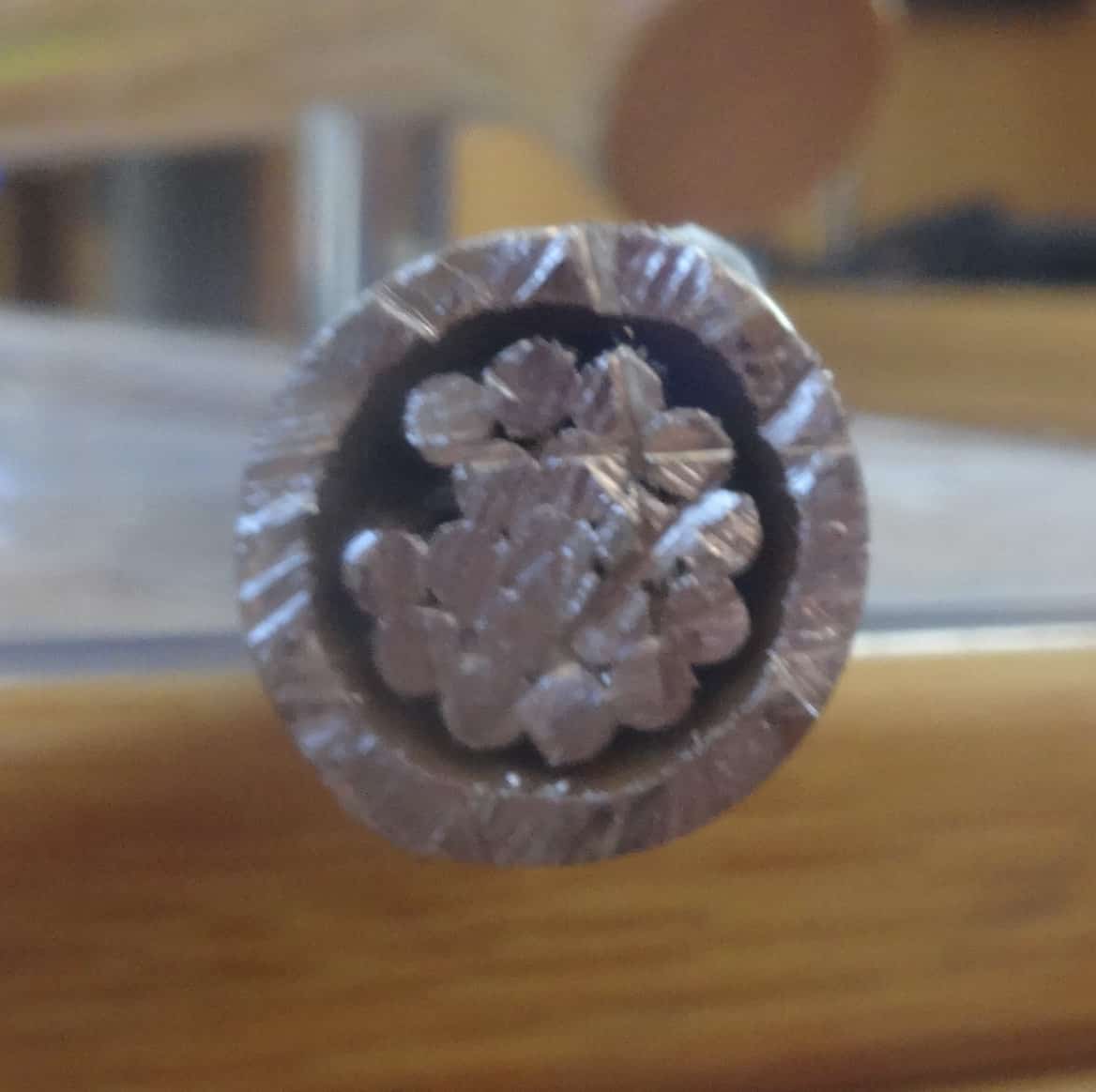
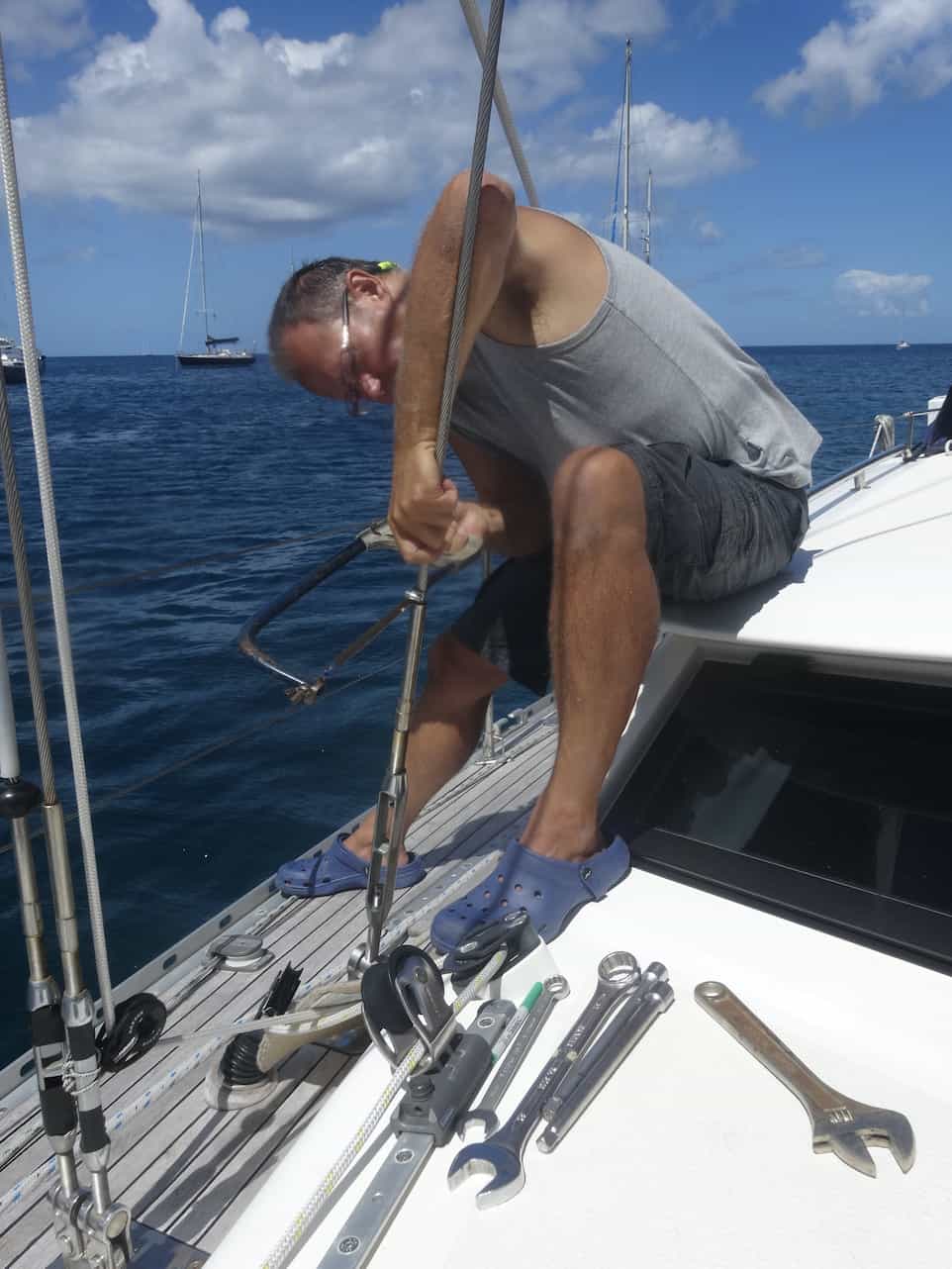
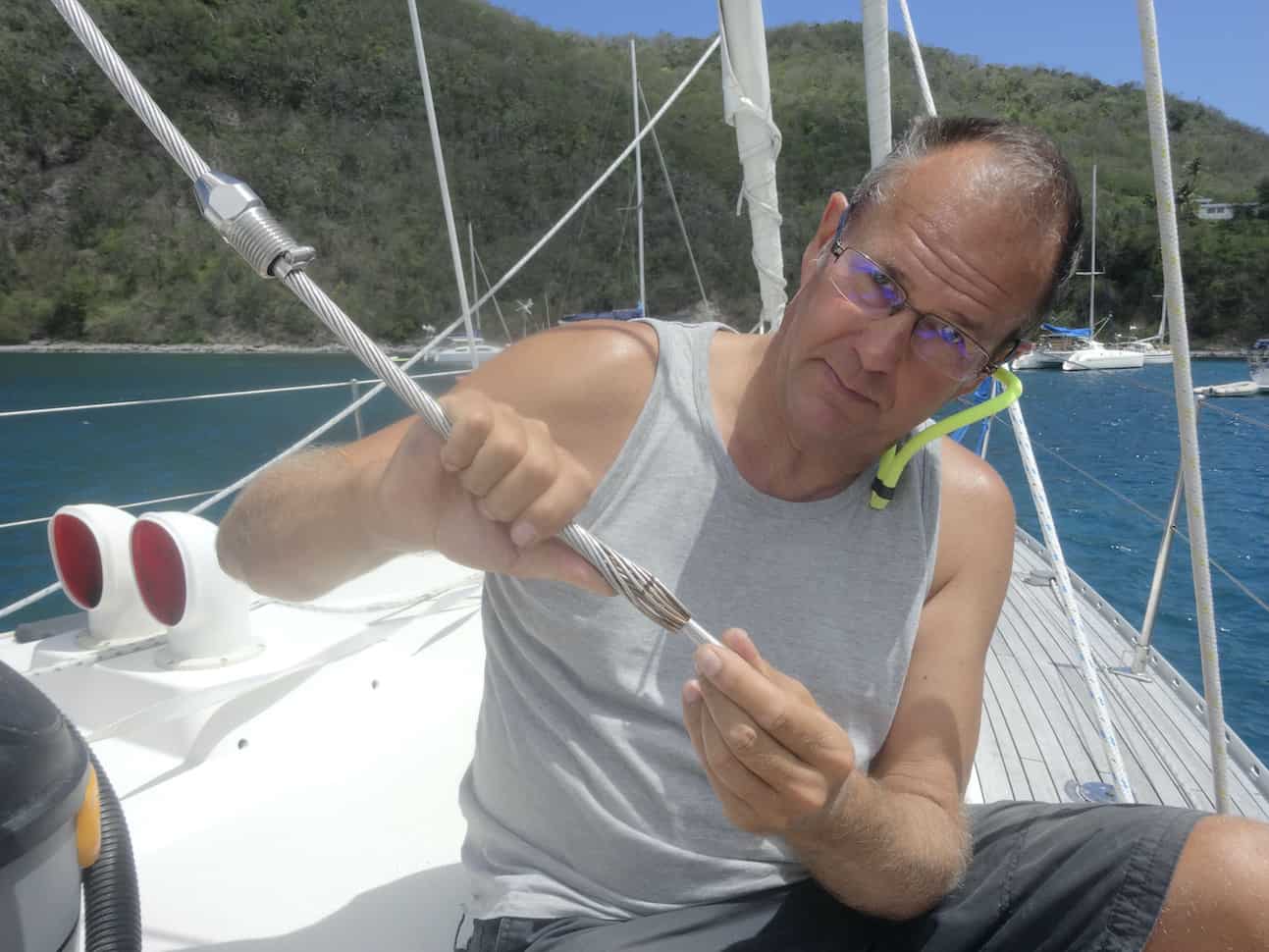
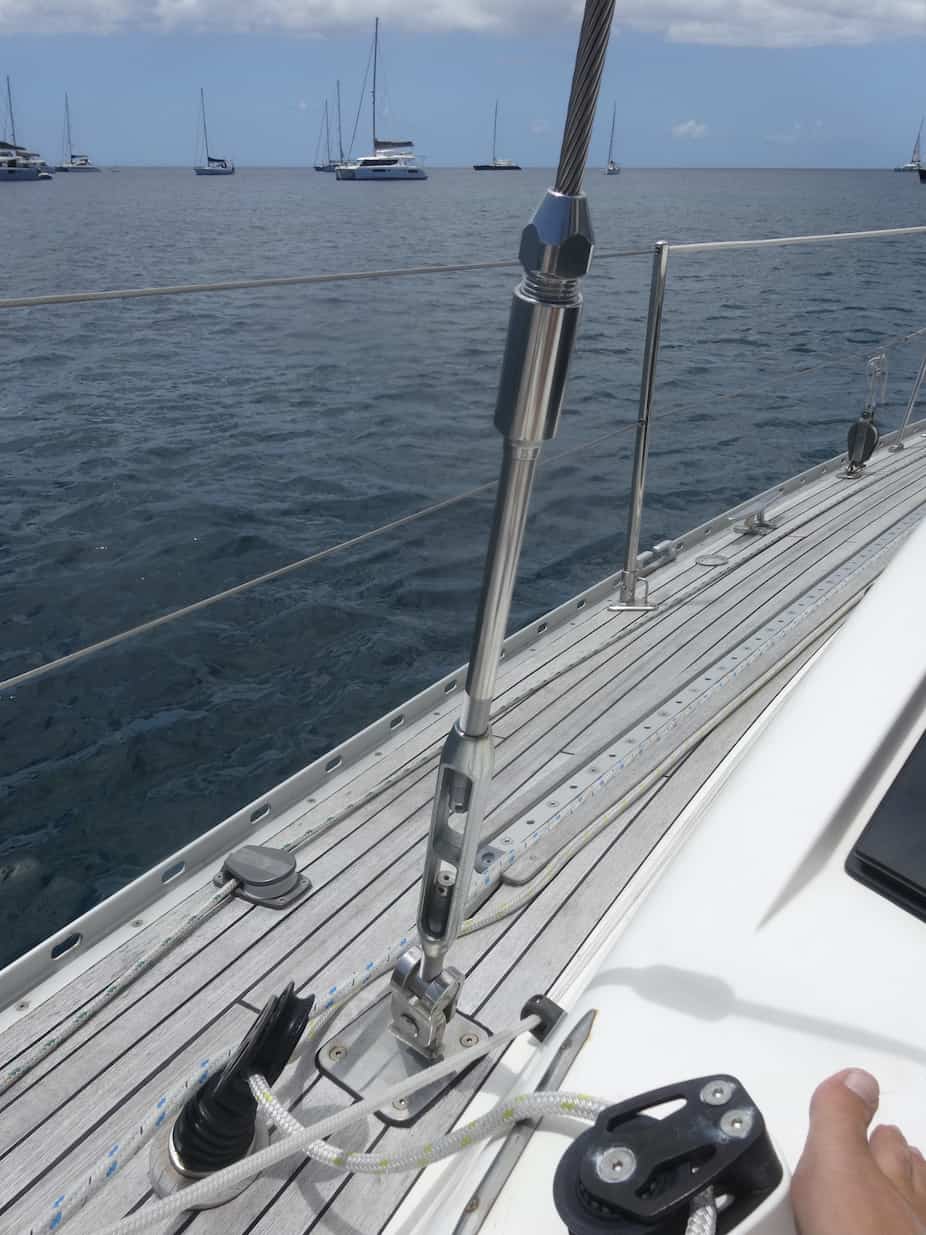
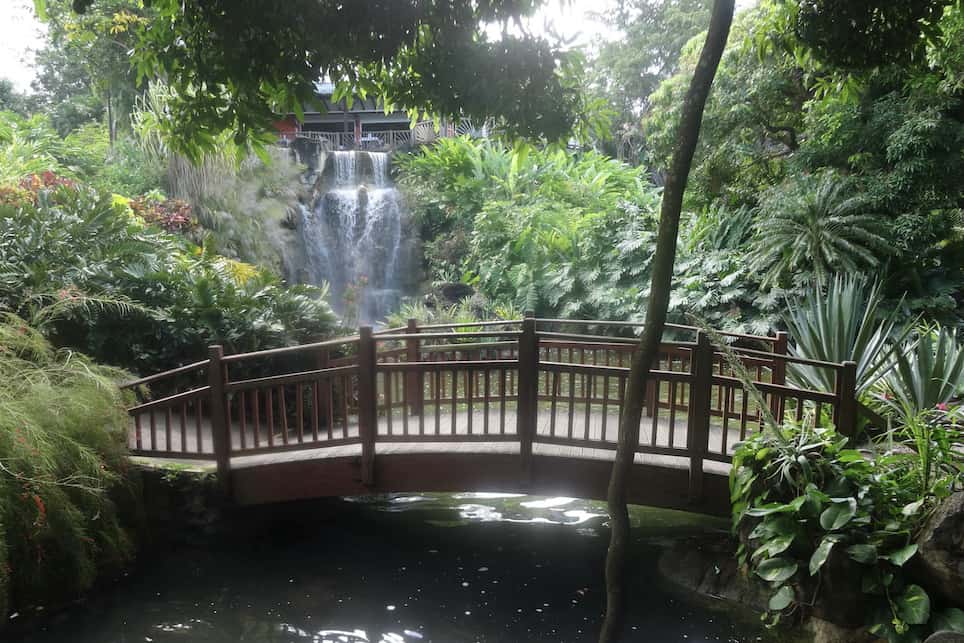
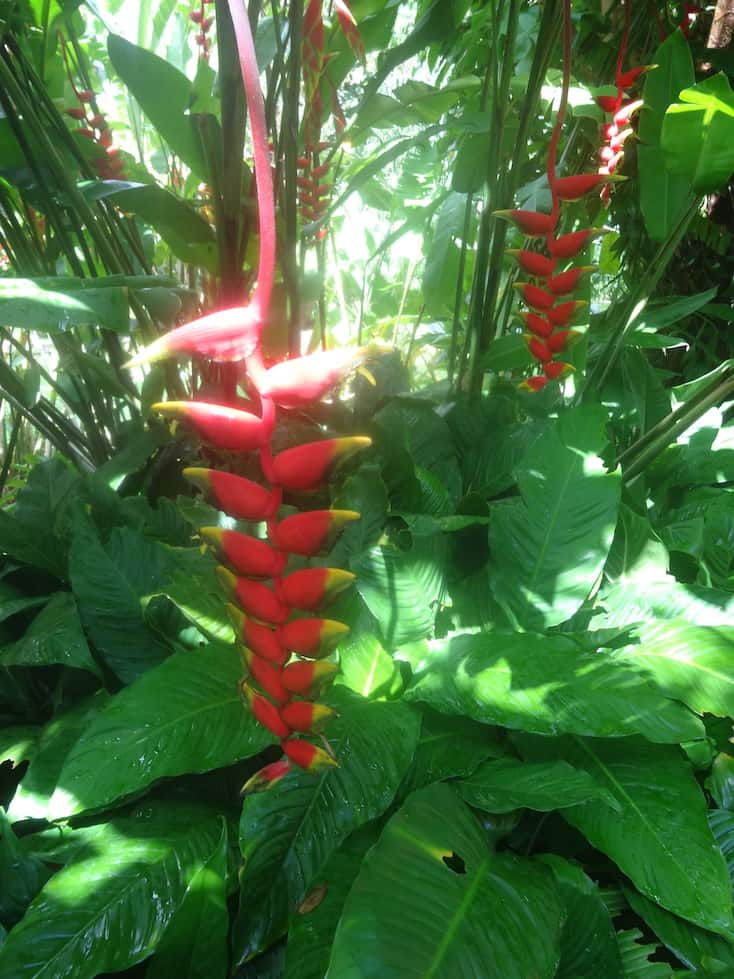

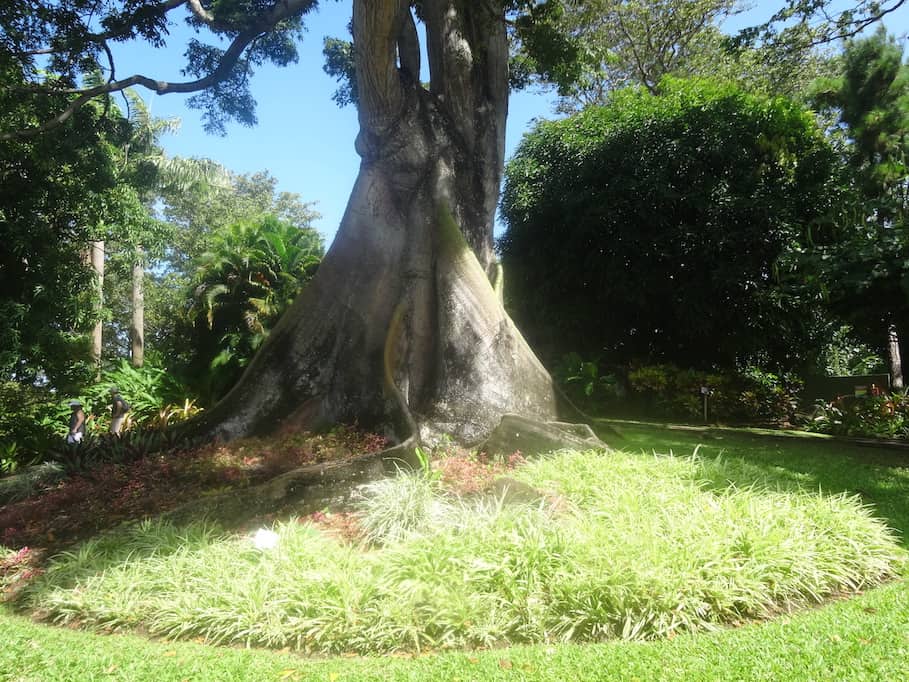
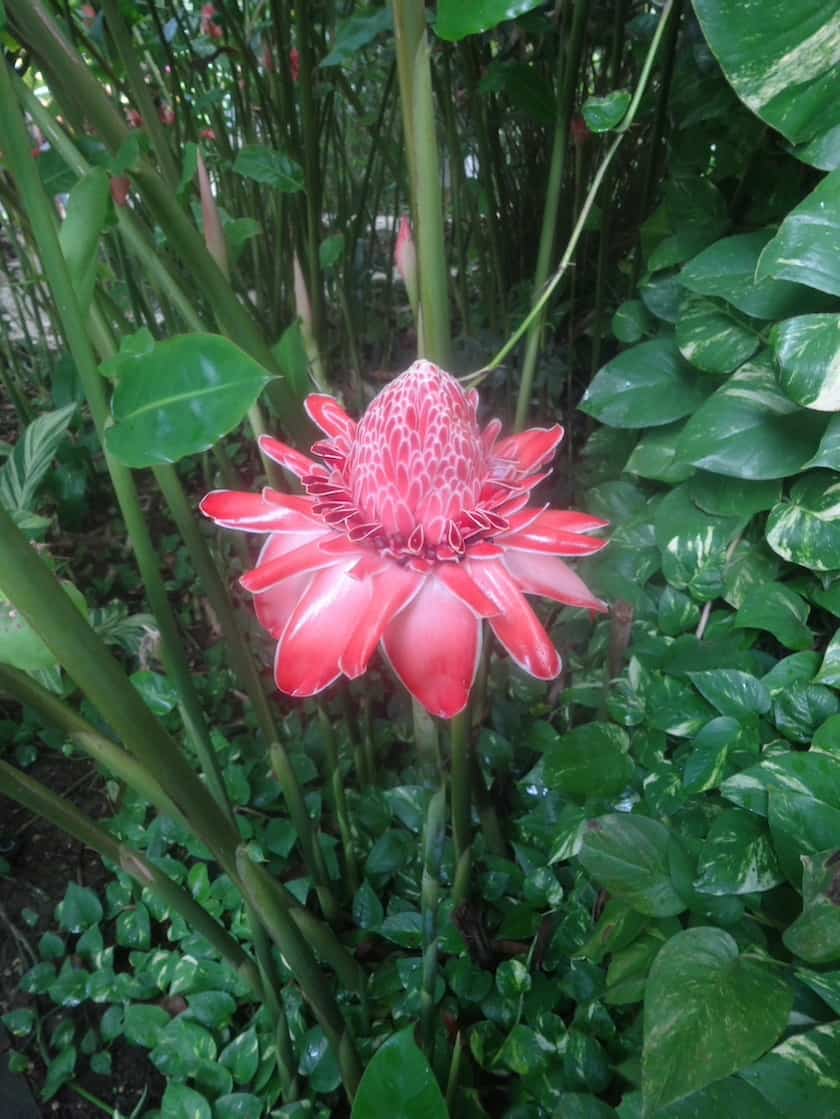
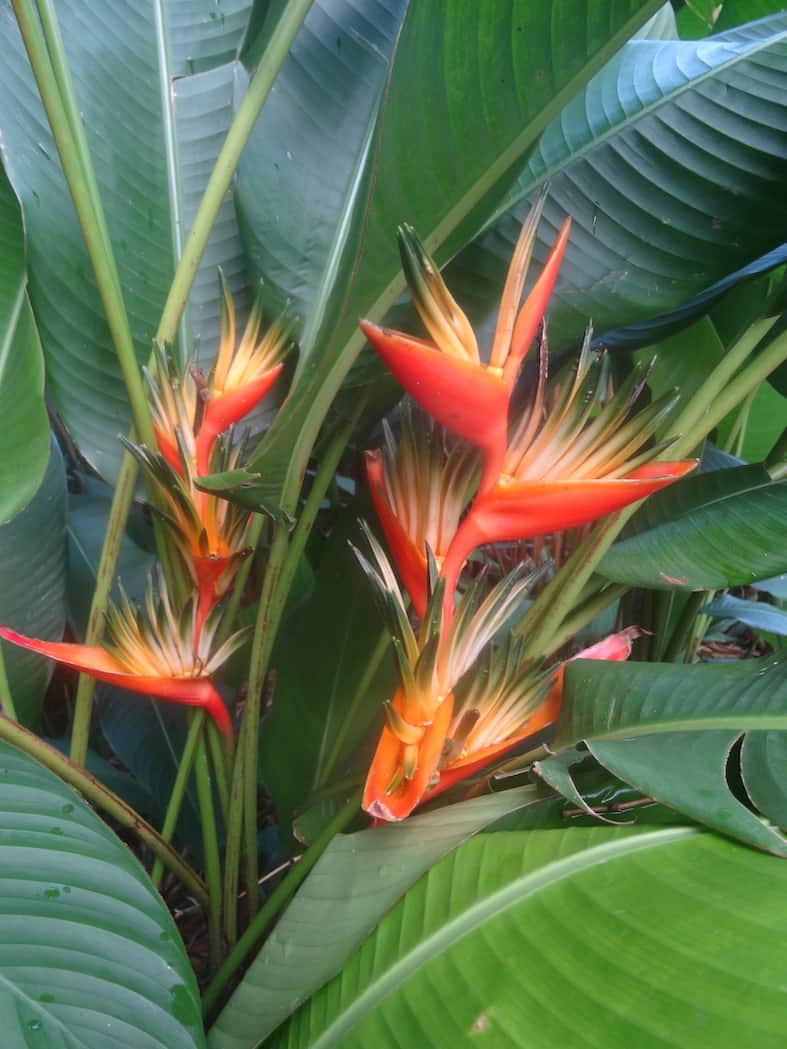
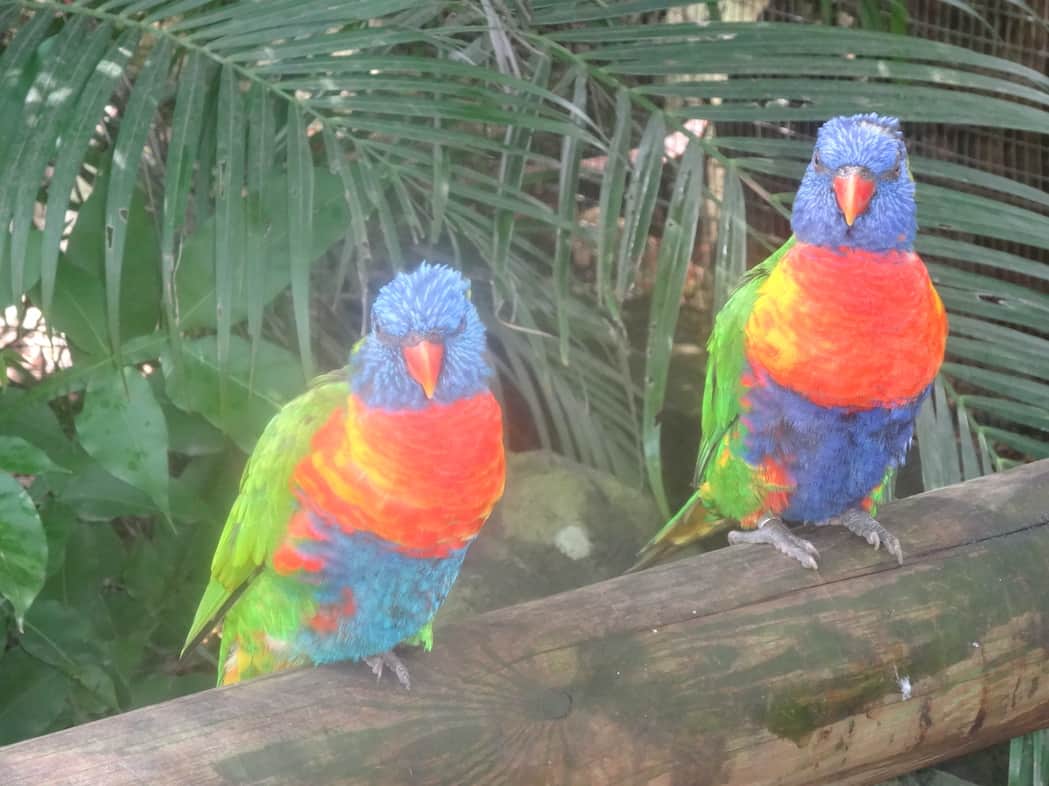
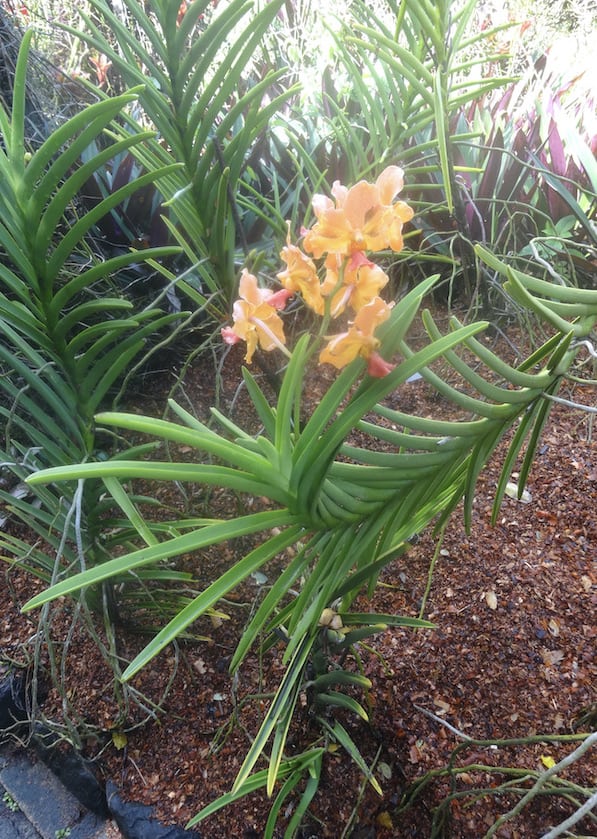
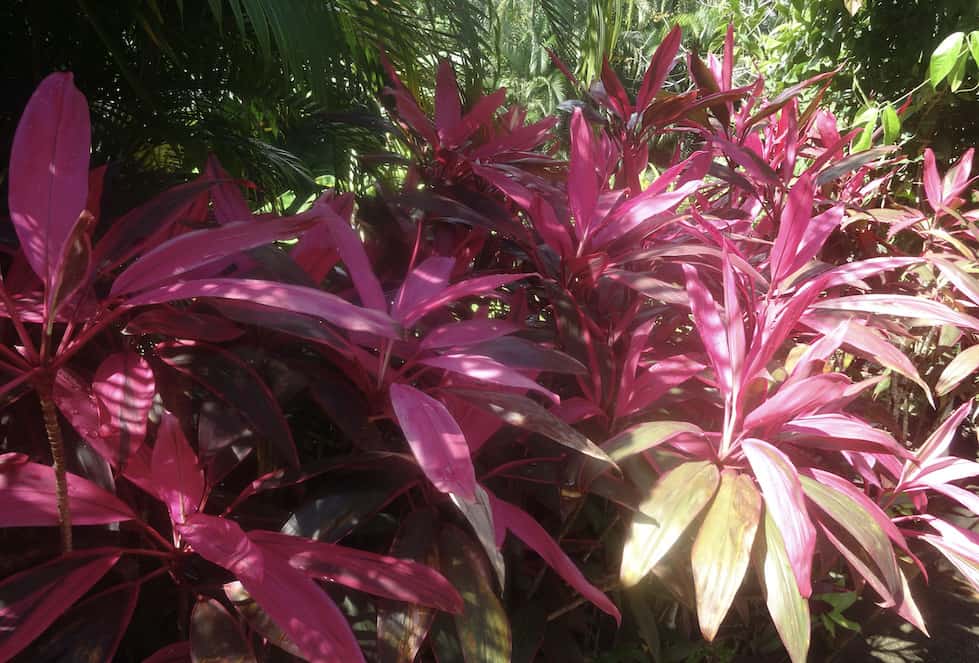
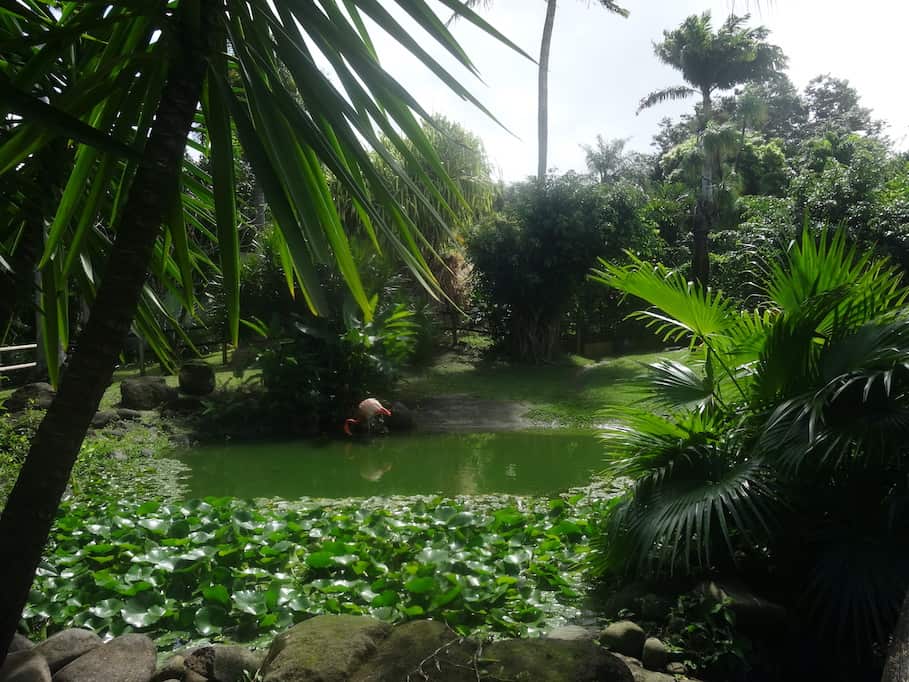


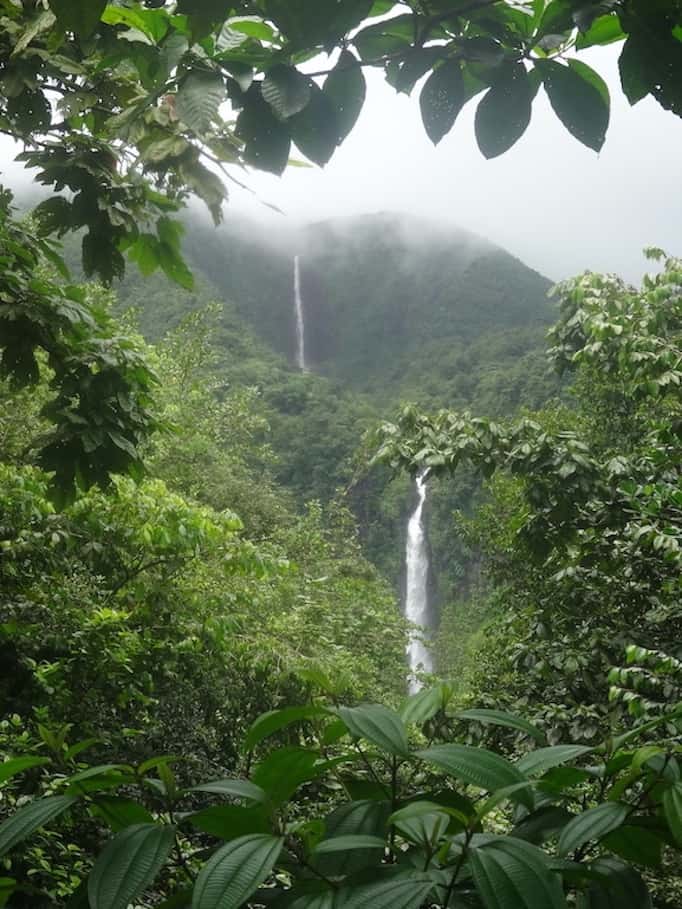
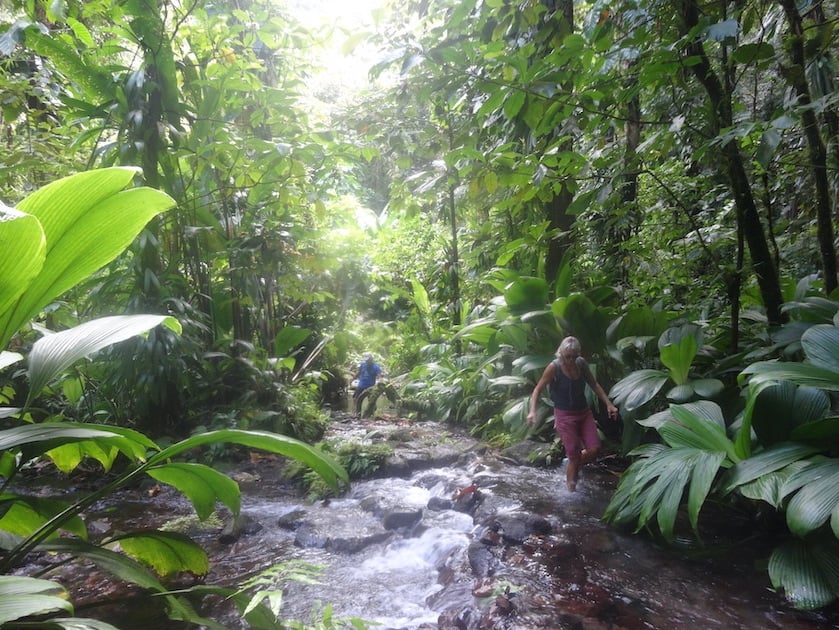

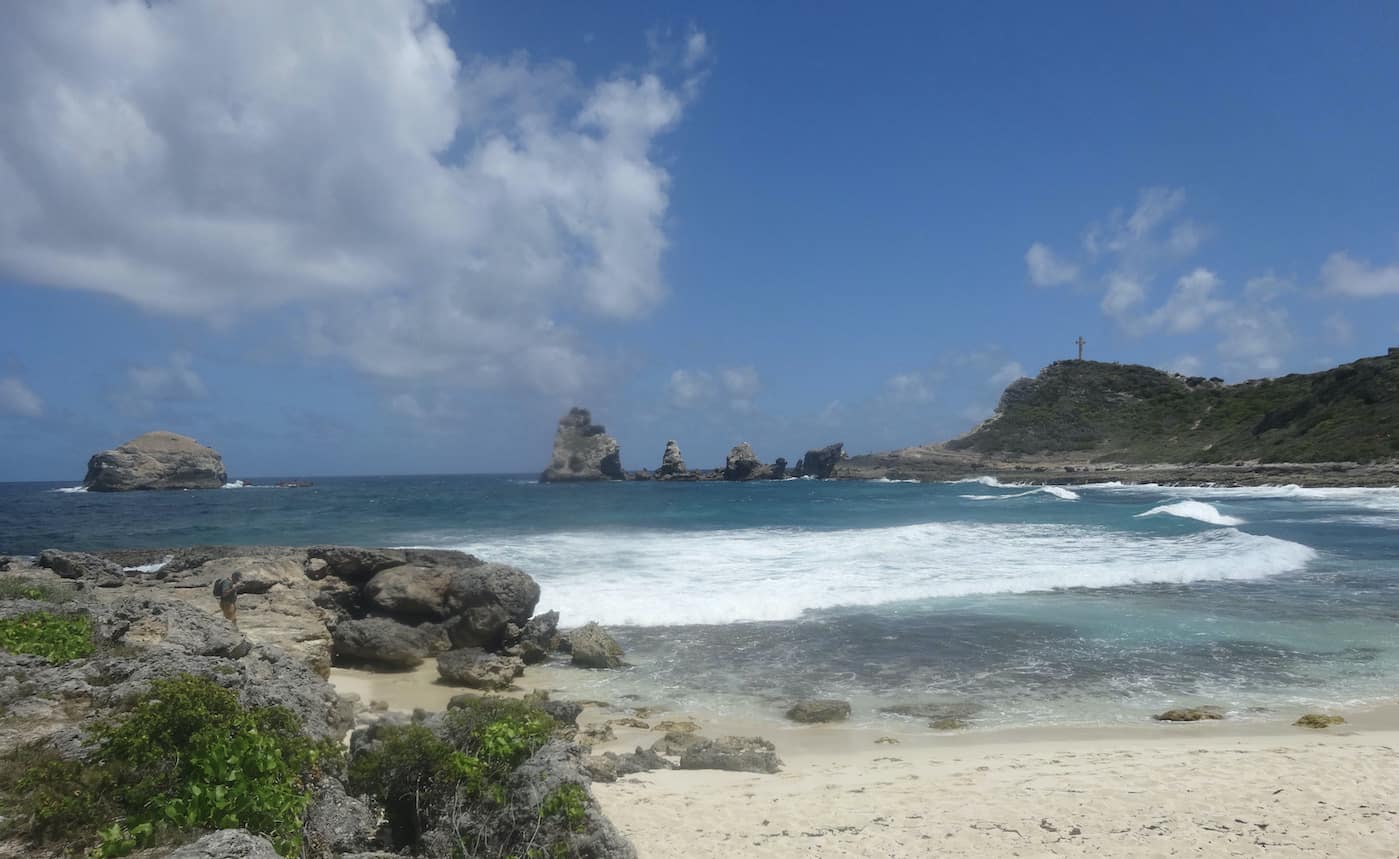
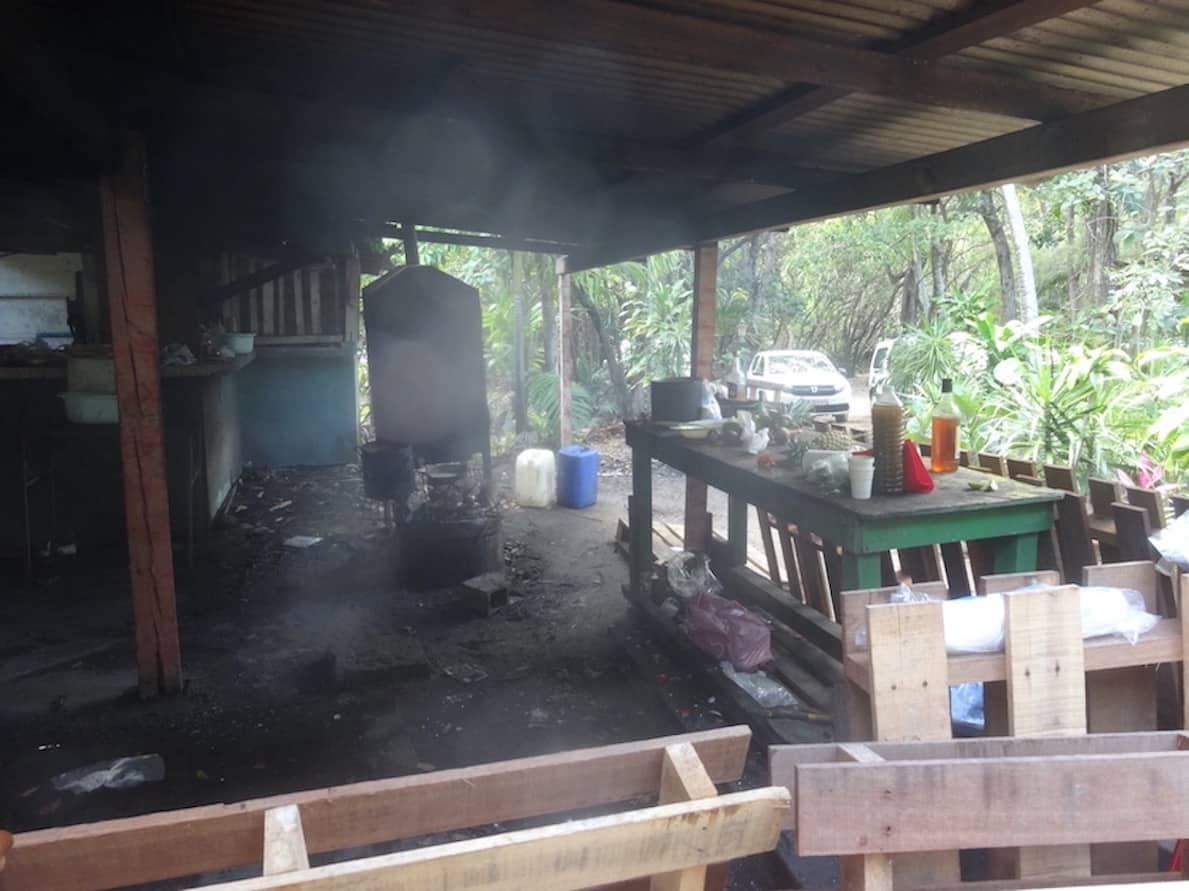
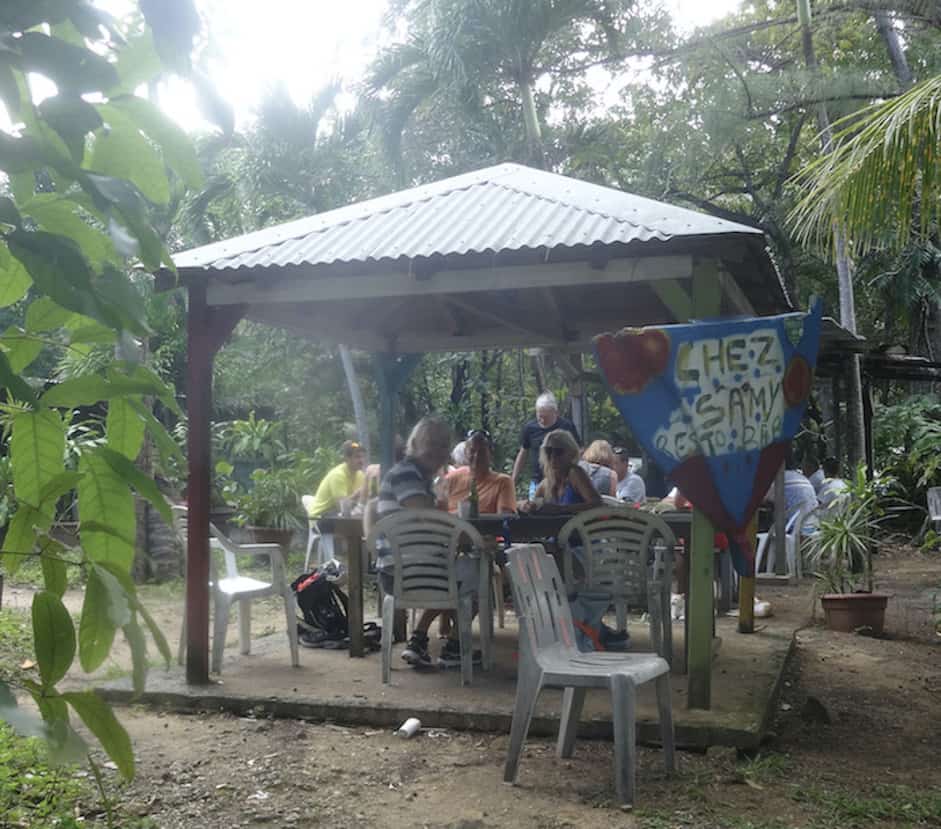
What a landfall. Mouth watering!
Hi Barry,
It was definitely a beautiful island to visit. We were surprised by the variety of landscapes. We would most certainly recommend it!
What a lovely place. Glad you did all that training before you left! Nice shot of the Australian rainbow lorikeets.
Hi,
We were pleased too!! A very successful repair and so much easier than trying to source a local company!!
x
Wonderful photos, and fantastic experience. Love your comment “Fortunately, we were prepared for this event and had kit on board ”
Not sure that “fortunately” adequately describes “assiduous planning, diligent training and preparation” though!
I’ve just found https://www.vesselfinder.com/ and it appears you are now somewhere around St Lucia – we have a friend who comes from there, parents still on the island. From what she has described, this too is well worth a visit.
Hi,
Great to hear from you. Hope all is well with you and the family.
Your comment made me laugh…it was so true!!!
Pleased that you managed to find us, as these finder apps are sometimes a little out of date. We are currently slightly further south at Mayreau in the Grenadines, heading towards Grenada for the hurricane season. We didn’t actually stop at St Lucia (other than a quick overnight in St Rodney Bay to break up our journey) We are joining a round the world rally in February and that sets off from St Lucia. So the plan is lots of exploring in December/January!!!!